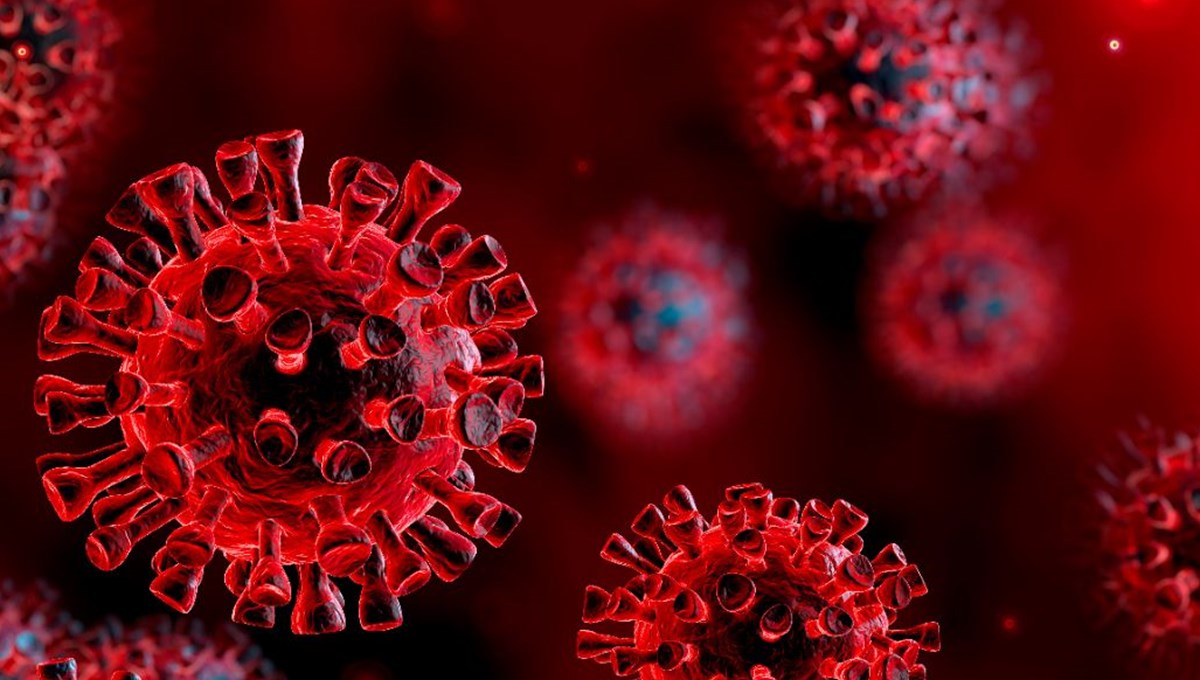
What is the Effect of UV Rays on COVID19?
A log reduction factor measured for the UV deactivation of the SARS-CoV-2 virus that causes COVID 19 has not yet been published in the literature. In addition, it has been published in the literature that the amount of log-1 reduction dose varied between 7 J / m2 and 240 J / m2 in previous measurements for different corona virus types and a log-1 reduction was achieved at an average dose of 67 J / m2.
If this average value is considered to be correct for the SARS-CoV-2 virus, using the 260 nm wavelength LED UV array that provides 0.1 W / m2 UV light flow, reaching a dose of 67 J / m2 within 670 seconds, ie 11 minutes, log-1 The reduction value can be obtained. By using stronger mercury-based lamps, this time can be reduced to less than 10 seconds with a UV light flux of 10 W / m2. The UV system structure to be used here should be designed according to the requirements of the optimized application area such as the disinfection area and the size of the structure.
The effects of UV rays on our health
Ultraviolet is part of the sun’s rays and is classified as UVA, UVB and UVC according to their wavelengths. As the wavelength becomes shorter, the energy level of the light increases and the possible damages that may occur as a result of exposure to UV rays increase. UVA rays are UV rays with the highest wavelength. They cause tanning and premature skin aging. UVB rays cause sunburn. It can also lead to skin cancer, cataract formation and visual impairment. UVC rays, on the other hand, have the shortest wavelengths and are the most dangerous UV rays. UVC rays are blocked by the ozone layer in the atmosphere and cannot reach the earth.
It has been clinically proven that prolonged exposure to sunlight can damage the eyelids, cornea and lens. In the short term, UV radiation can cause photokeratitis, also known as corneal inflammation. This can cause effects such as pain, redness, feeling of sand in the eye, extreme sensitivity to light, and aging above normal. The more UV radiation the eyes are exposed to, the greater the risk of developing eye conditions and age-related eye diseases, depending on the cumulative effects of UV damage. These include other chronic eye conditions such as cataracts, retinal damage, skin cancer around the eyelids, and conjunctival changes.
The best method of protection from UV rays is not to look at the rays with the naked eye, but to use protective glasses, filters or lenses.
UV nanometers cause serious harm to people when used without an unprotected filter. UV rays that break down DNA and RNA can cause skin cancer and blindness in humans. Protection filters are special. When UV rays penetrate equally and directly on all surfaces, they are effective in bacteria and virus sterilization.
It is used to sterilize UV rays, such as bacteria and viruses that are generally found in indoor ventilation systems, circulating in air, cannot be caught by normal filtration systems, can be seen under a microscope.
Viruses, bacteria, fungi and yeast affect the products manufactured in closed areas. Air sterilization can be done with UV rays to prevent all bacterial adversities in air systems. UV rays also help to obtain a healthier air by removing odors caused by bacteria in living spaces. We can say that the application of air sterilization with UV light at 254 nm wavelength is a biological treatment.
UV rays are used for air and surface sterilization of indoor spaces such as food industry, packaging material production and packaging areas, pharmaceutical factories, water storage production areas, water sterilization, sports halls, hotels, show rooms, schools, kindergartens, hospitals.







